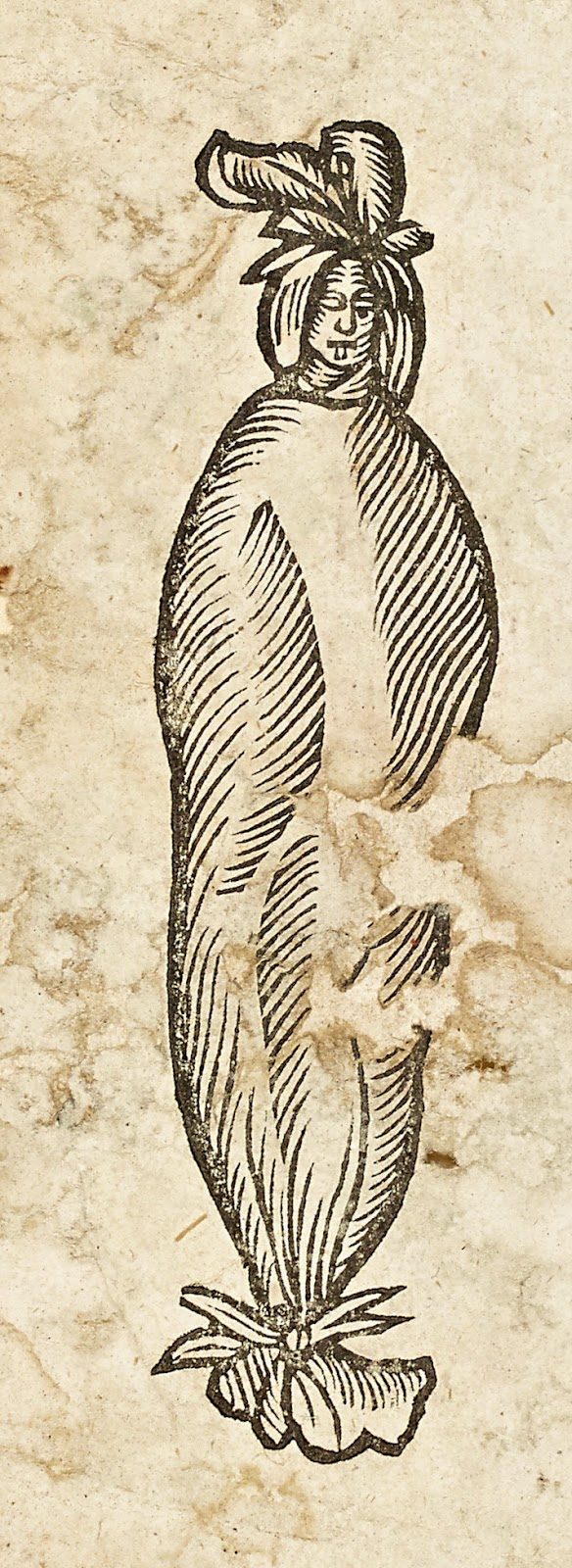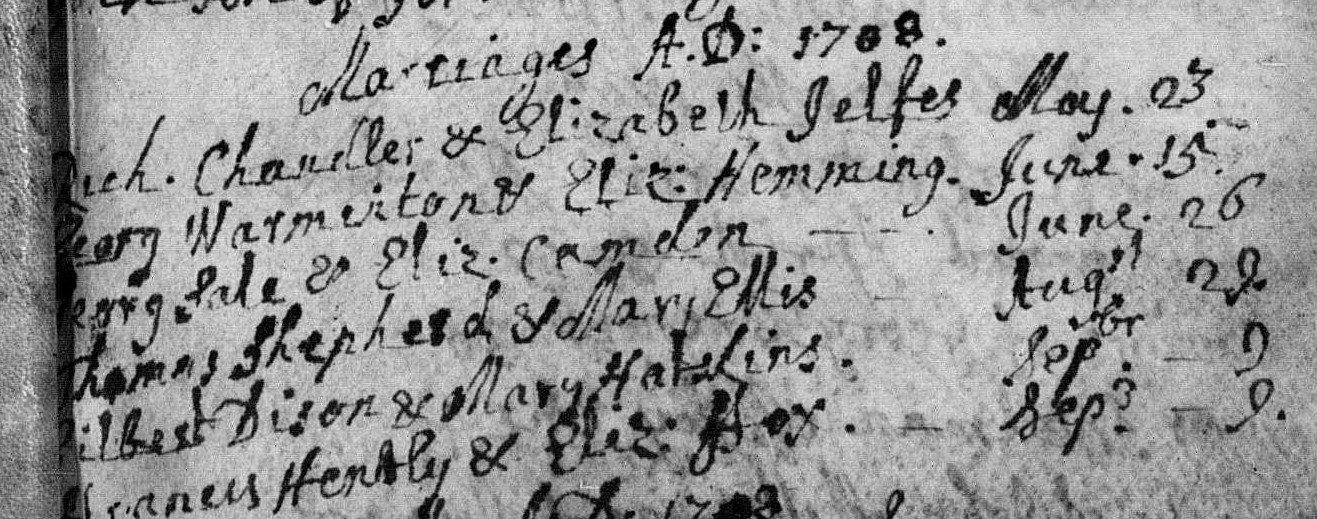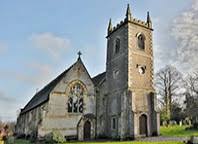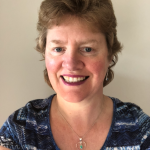Gilbert Dyson / Dizon was born in 1688 in Salford Priors, near Alcester, Warwickshire, England. He may have been born illegitimately, as his name is given as Gilbert “Jew alias Dyson” on his children’s baptism entries (William b 1720, Dann b 1721, and Thomas b 1722).
There is a baptism of a Gilbert Jew in 1638 in Salford Priors on 2 August 1638, father Thomas Jewe, which may be Gilbert Jew Dysons, father – perhaps his mother was the Dyson and he was born illegitimately. A daughter Ann Jew was baptised in 1692, father Gilbert, possibly a sister to my Gilbert.
Gilbert married Mary Hopkins (Hatskins/Hodgkins?) on 9 September 1798 at Salford Priors in Warwickshire, England. Her son Thomas was given the second name of Hodgkins.
Salford Priors is a rural, agricultural village and civil parish about four miles south-west of Alcester, Warwickshire, England.
Gilbert and Mary had 11 children –
- John b 1713 & d 1754 Alcester, marr Ann Marshall, 8 children
- Edward b 1714 Alcester d 1726 Arrow near Alcester – aged 12
- Katherine b 1716 & d 1731 Arrow near Alcester – aged 15
- Joseph b 1717 & d 1726 Arrow near Alcester – aged 9
- Mary b 1718 Alcester, marr John Smith 1741
- *William b 1720 d 1720 Arrow near Alcester – aged 1
- *Dann b 1721 d 1721 – aged 1 month
- *Thomas b 1722 d 1722 – baby
- Ann b 1723 marr Anthony Curria 1746
- Thomas Hodgkins b 1725 & d 1725 Alcester – baby
- Hannah b 1730 d 1730 Alcester – baby
*These three children were all baptised with fathers name “Gilbert Jew alias Dyzon”.
Something seriously sad must have been going on in this family for almost all the children to die so young.
It seems only the eldest John, and daughters Mary & Ann survived childhood. Three out of eleven is a terrible statistic.
The children were all buried at the Church of the Holy Trinity in Arrow, near Alcester, Warwickshire.
Gilbert died at the age of 54 years in March 1742 in Alcester and was buried at Holy Trinity church in Arrow, Warwickshire (1 mile from Alcester) on 13 March 1742. An affidavit was sworn that he had been buried in a pure woollen shroud.
The Burying in Woollen Acts 1666–80 were parliamentary acts which required the dead, except plague victims and the destitute, to be buried in pure English woollen shrouds to the exclusion of any foreign textiles.
 For centuries England relied on the woollen trade as a prosperous source of revenue and was key to the wealth of the country. The introduction of new materials and an increase in foreign imports was viewed by many as a threat to this vital industry. In an attempt to create a new market for woollen cloth, and to maintain the demand for domestically produced wool, the Burial in Woollen Acts were passed as Acts of Parliament.
For centuries England relied on the woollen trade as a prosperous source of revenue and was key to the wealth of the country. The introduction of new materials and an increase in foreign imports was viewed by many as a threat to this vital industry. In an attempt to create a new market for woollen cloth, and to maintain the demand for domestically produced wool, the Burial in Woollen Acts were passed as Acts of Parliament.
It was a requirement that an affidavit be sworn in front of a Justice of the Peace (usually by a relative of the deceased), confirming burial in wool, with the punishment of a £5 fee for noncompliance. Burial entries in parish registers were marked with the word “affidavit” or its equivalent to confirm that affidavit had been sworn; it would be marked “naked” for those too poor to afford the woollen shroud. The legislation was in force until 1814, but was generally ignored after 1770, and the act was repealed in 1863.
It seems not all the parish clerks followed the practise, as when Gilbert’s wife Mary was buried, her entry just described her burial as “Mary Dyson, widow”.
Mary Dyson died in October 1749 at the age of 61 years, and was buried at Alcester on 9 October 1749.




